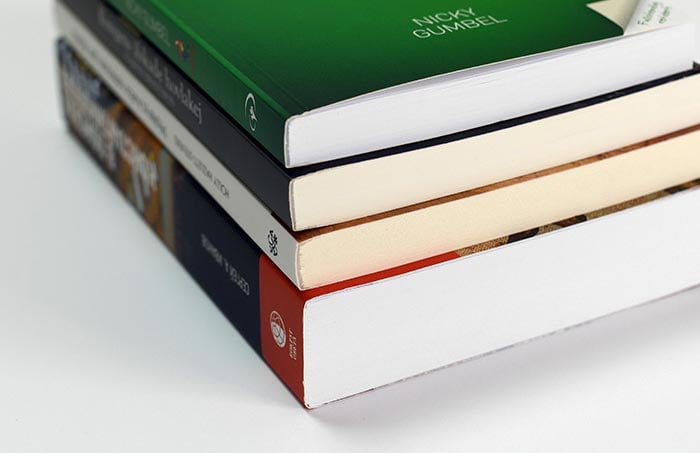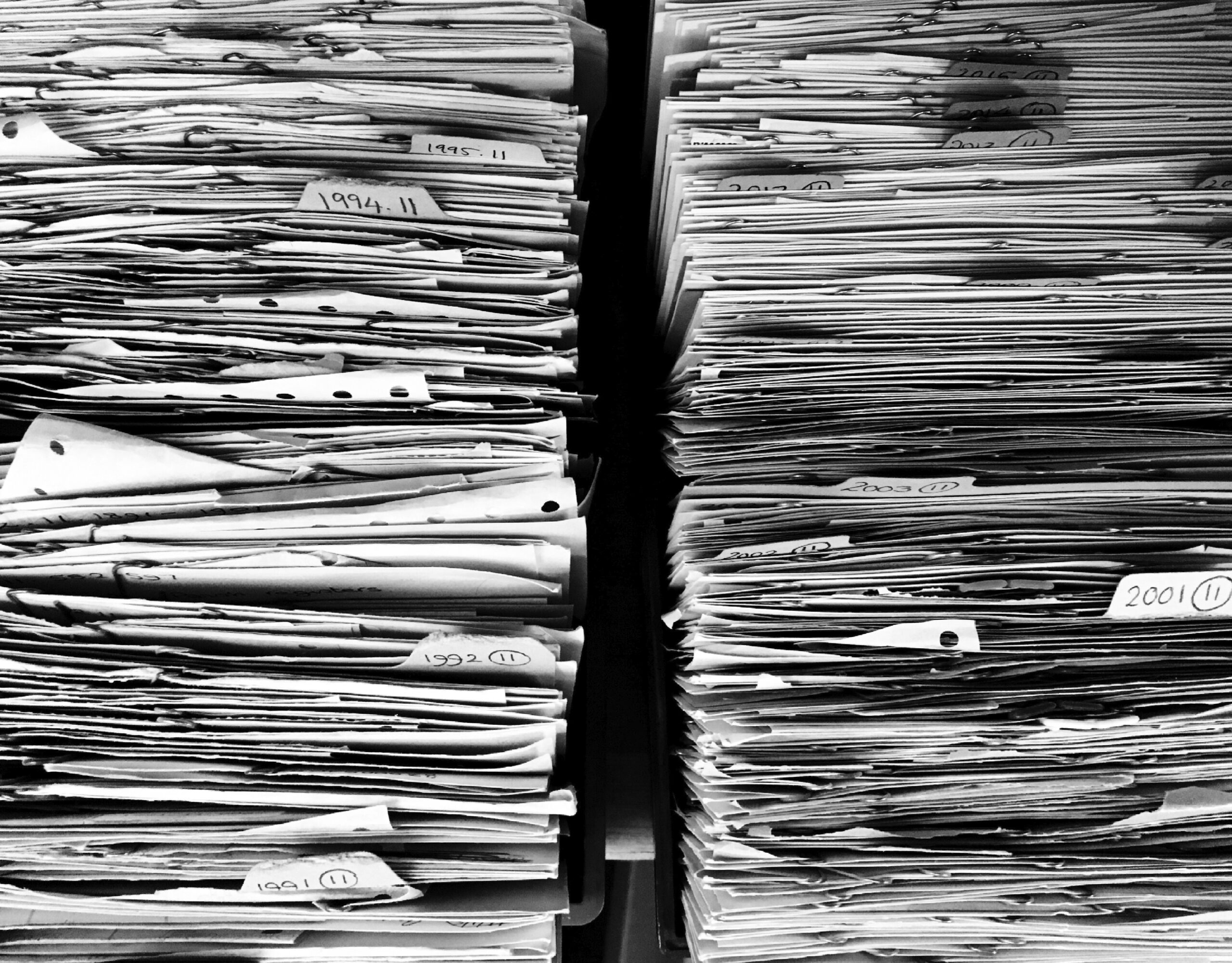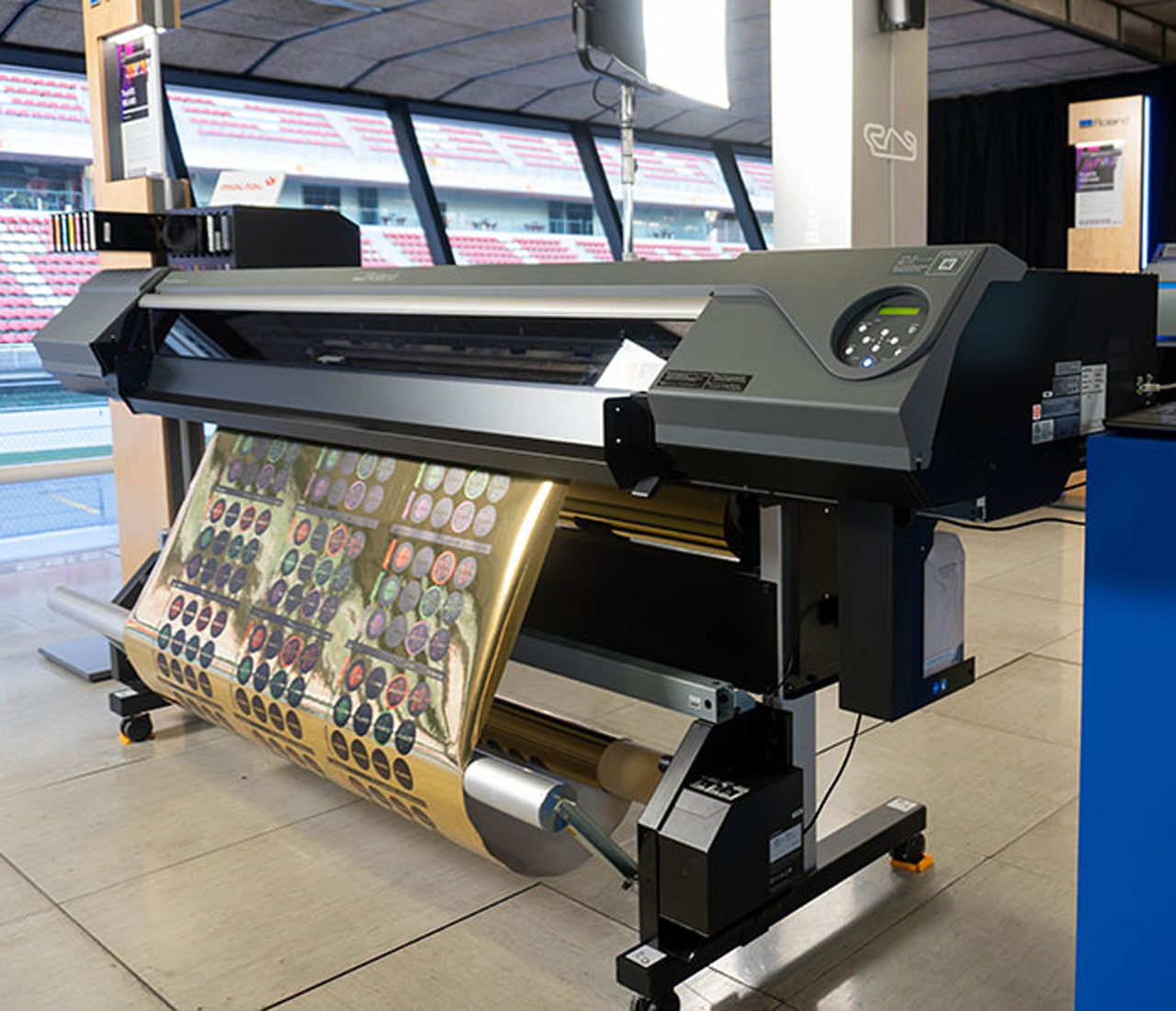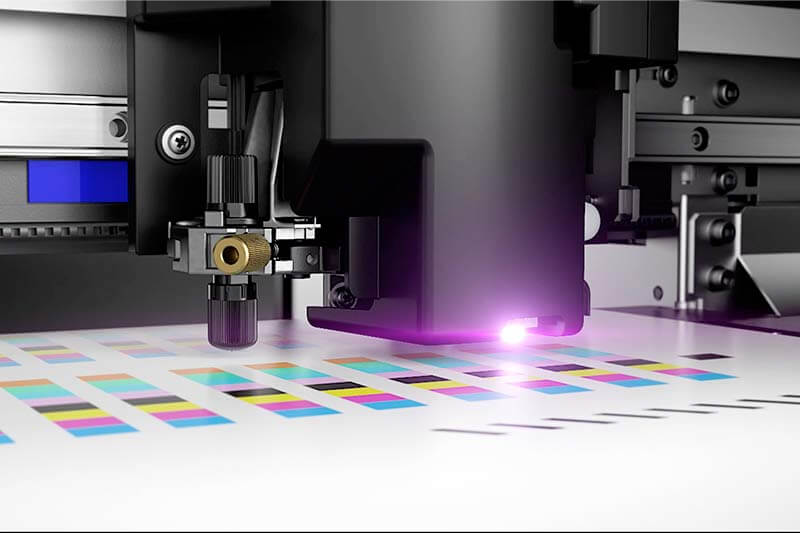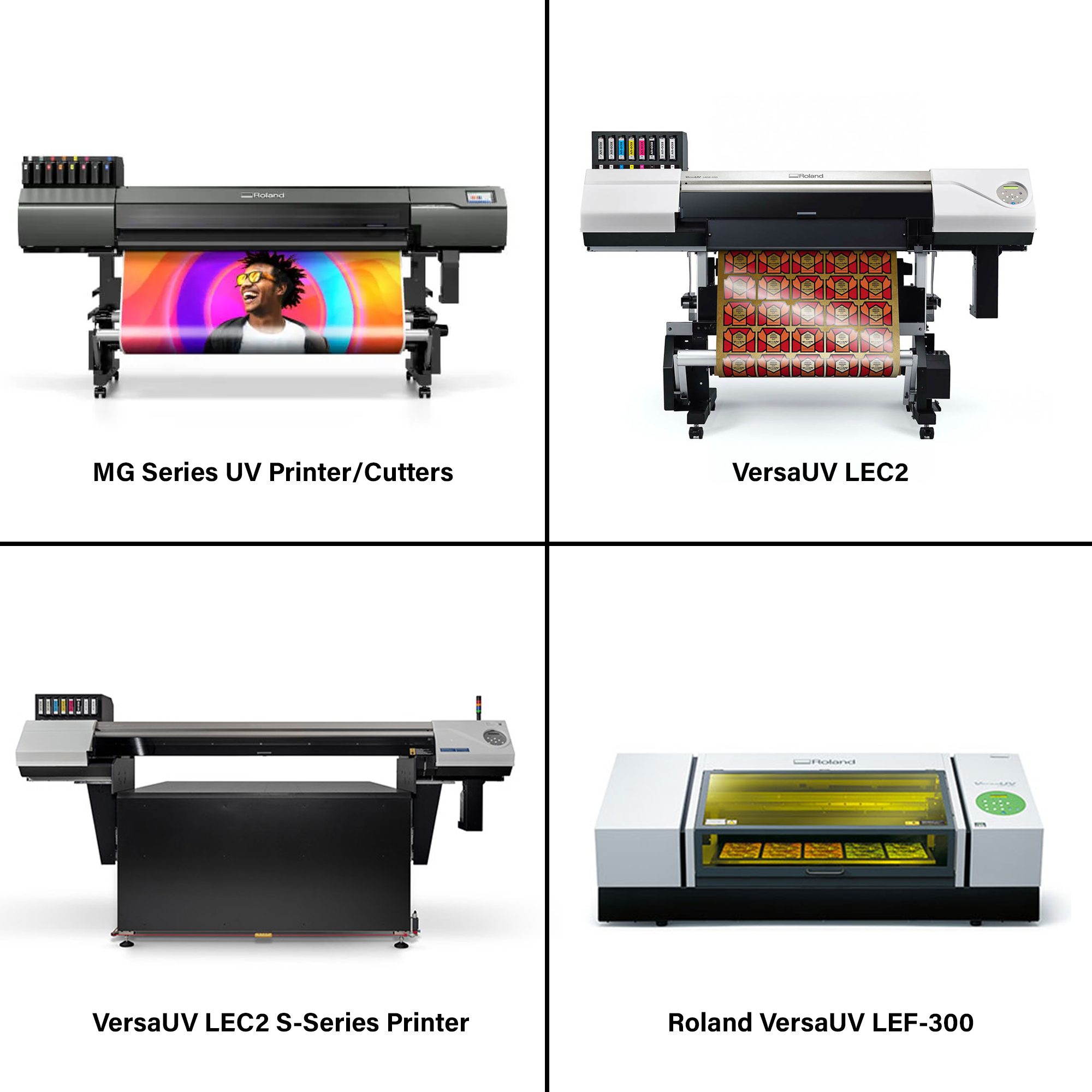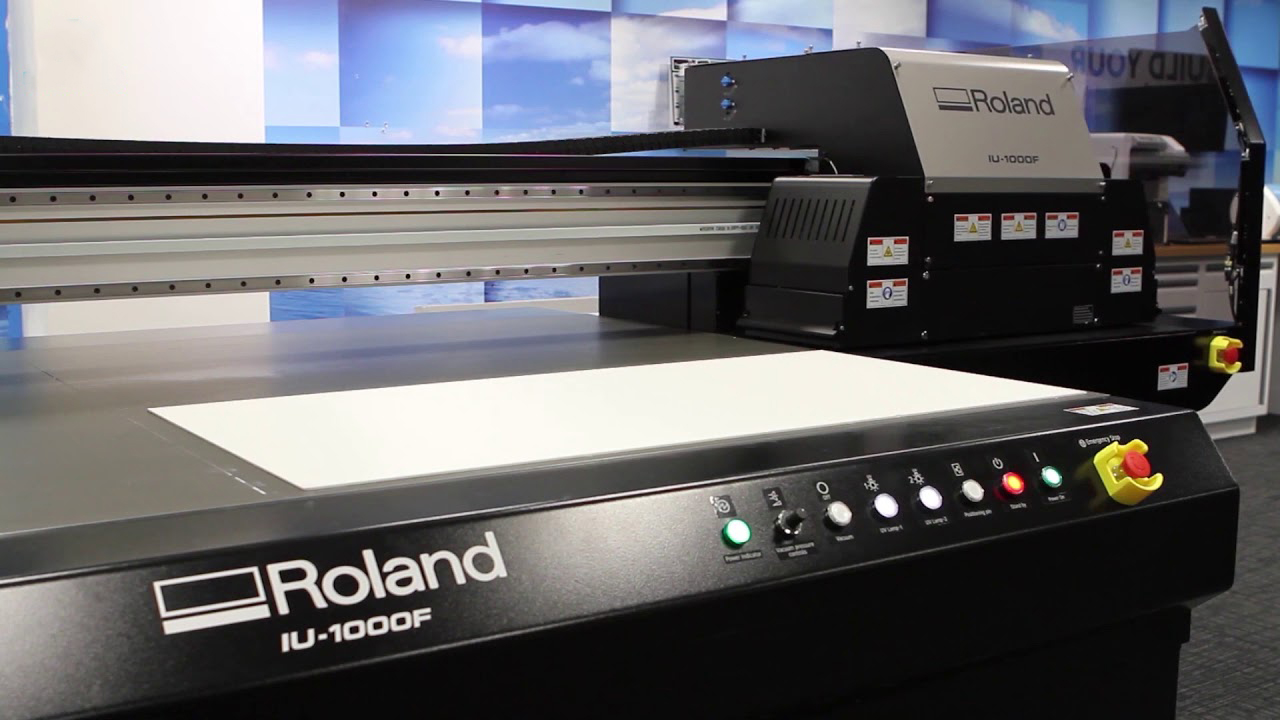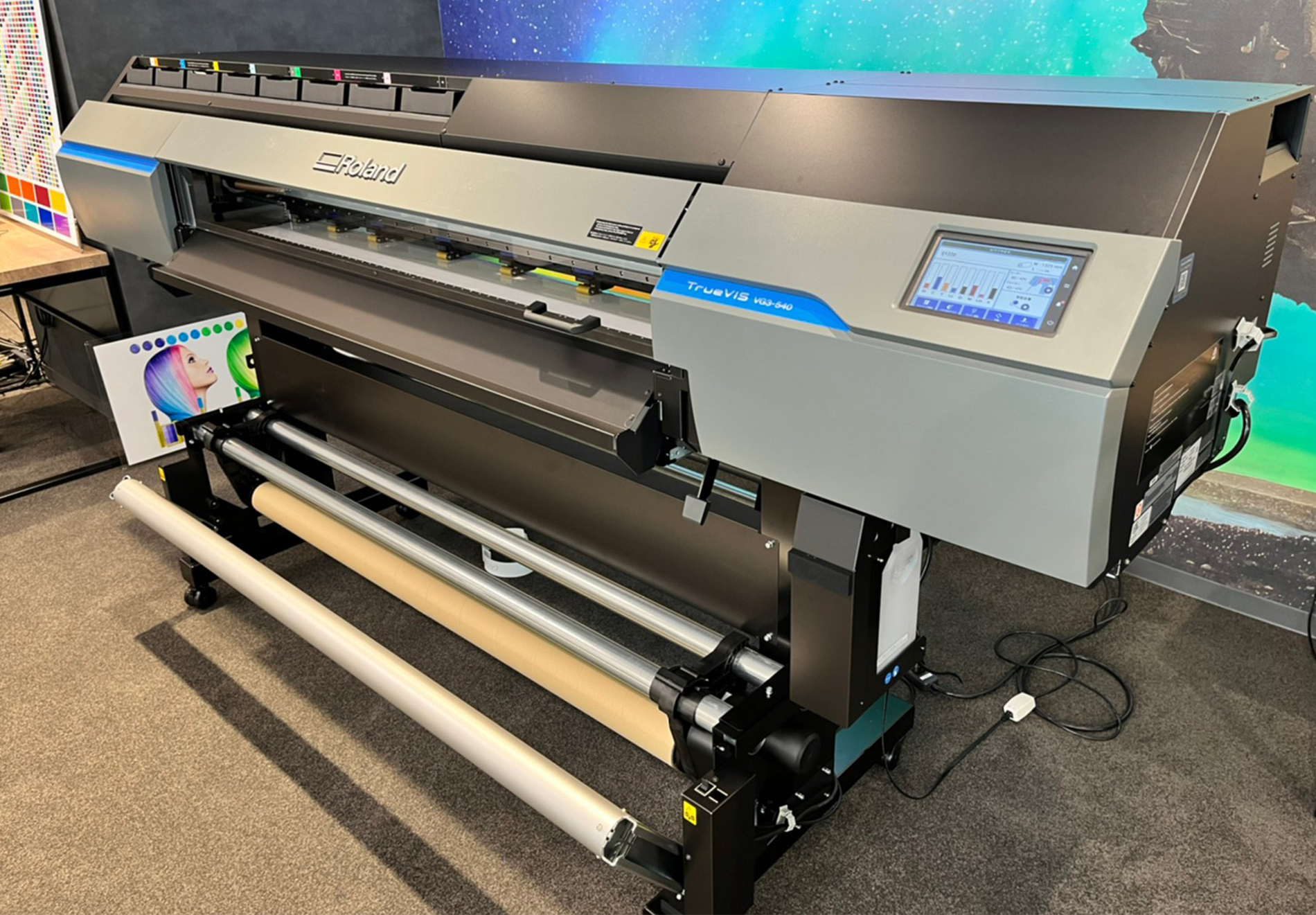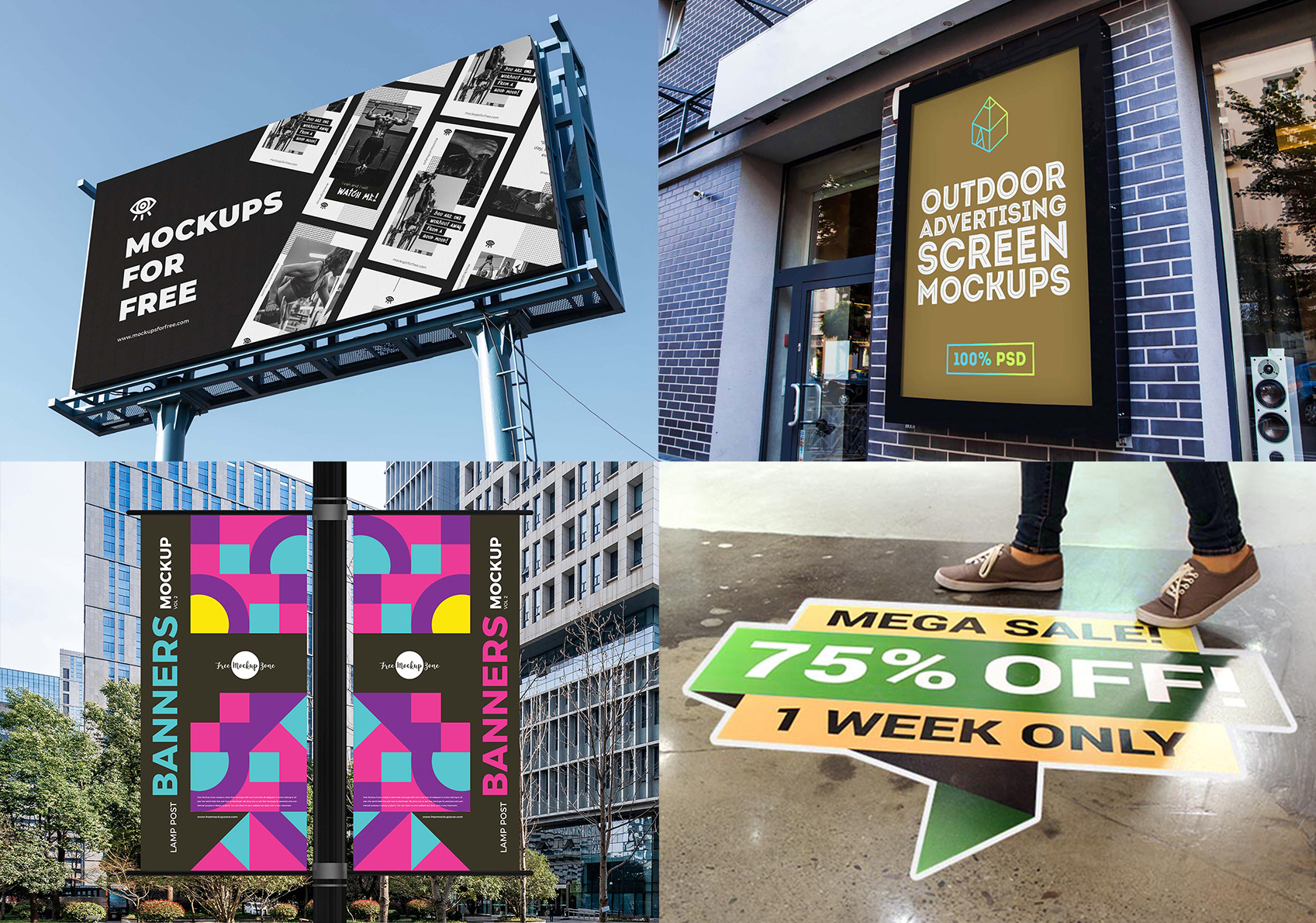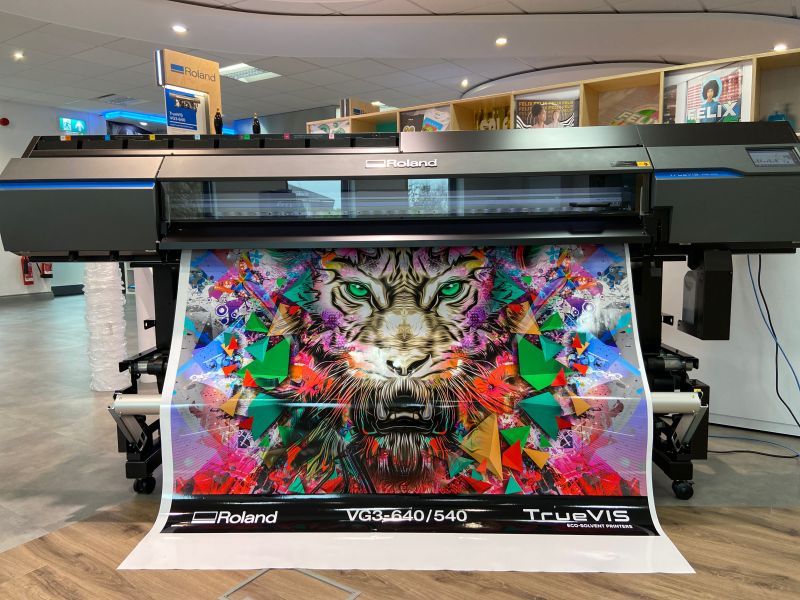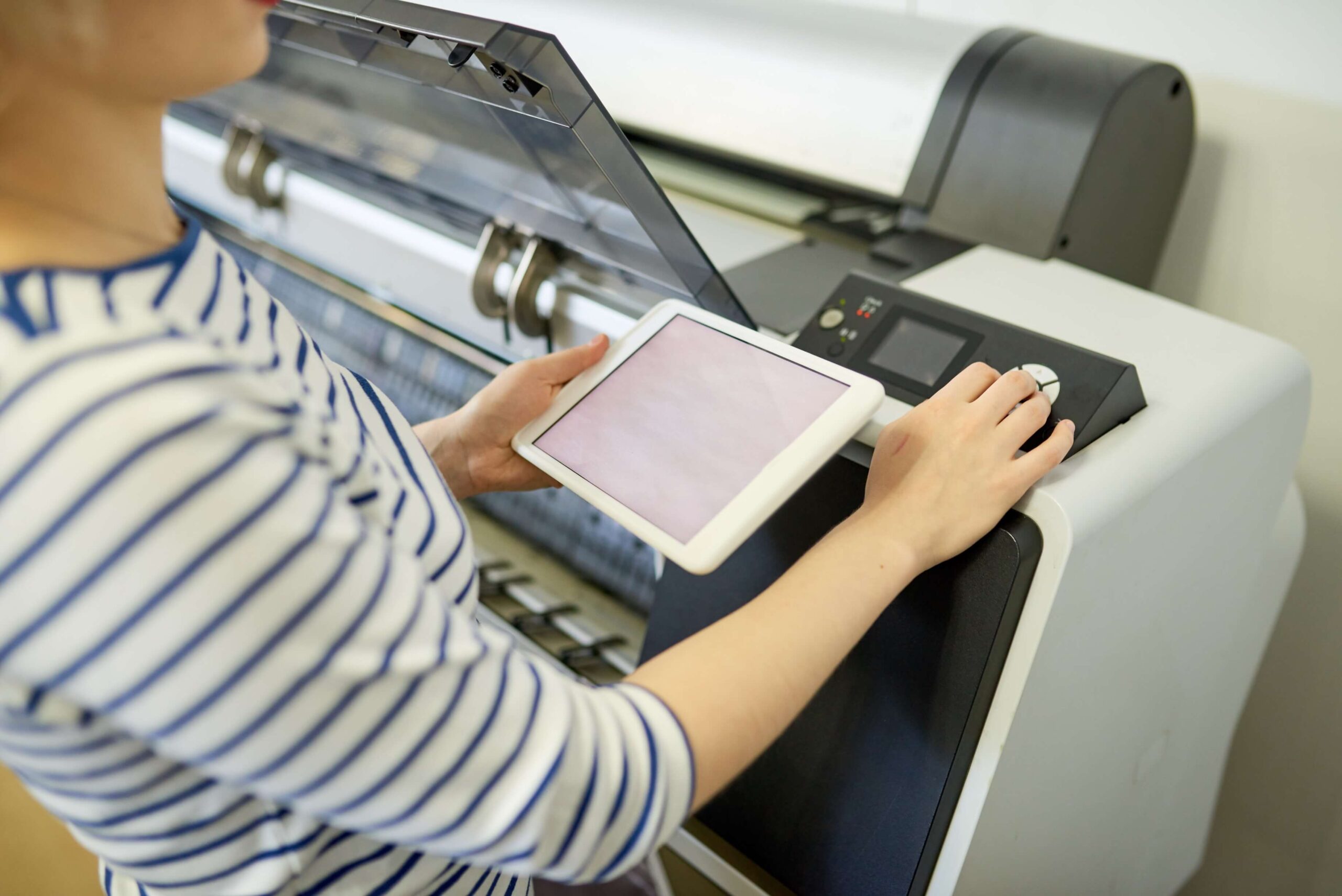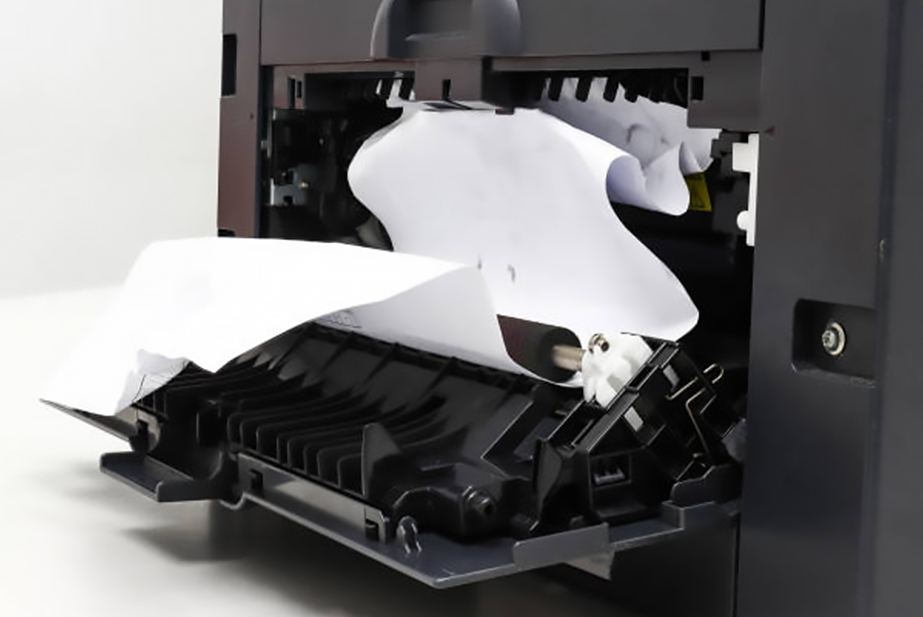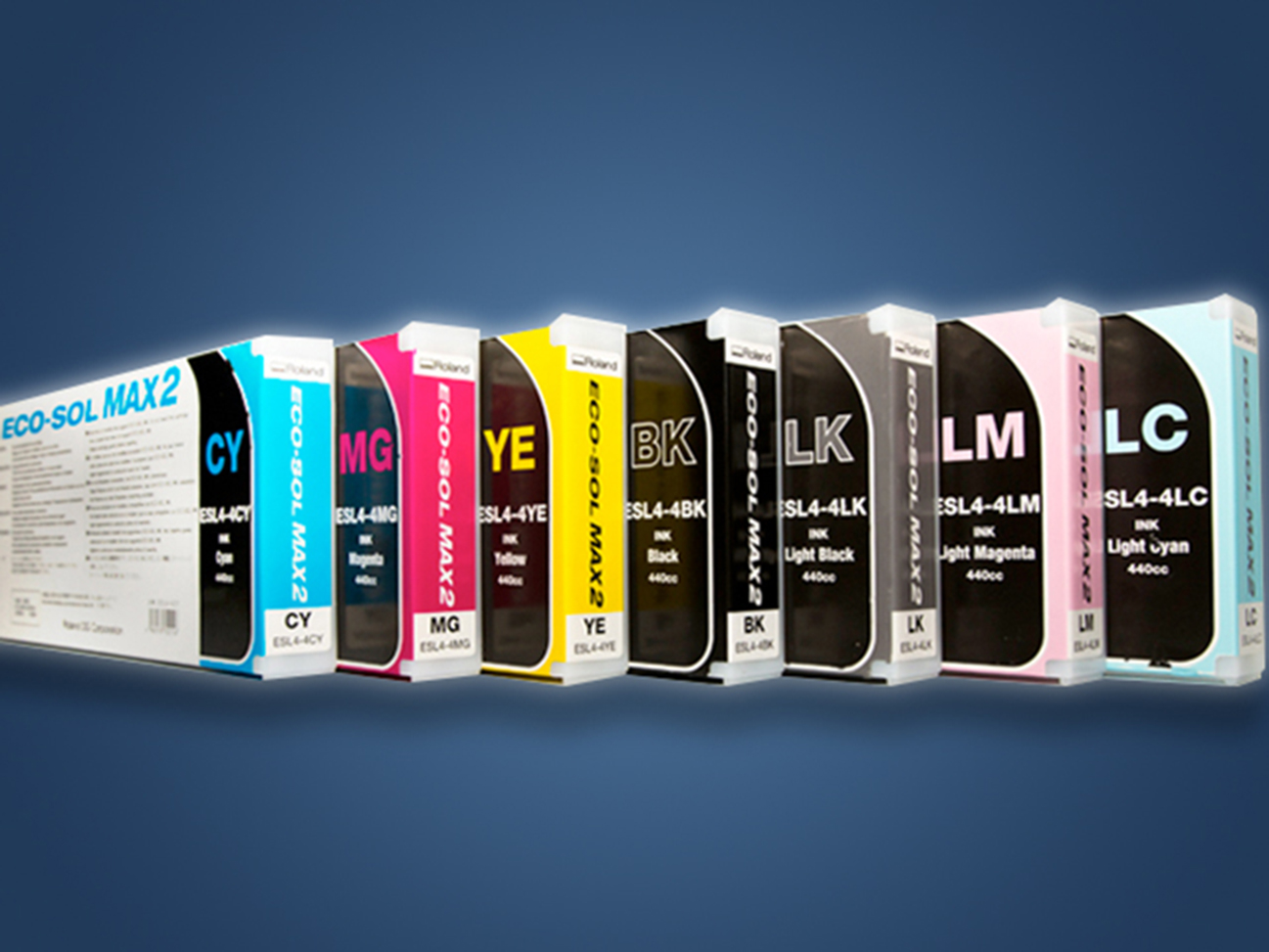Tag: printing guide
Printing 101: What is Inkjet Printing?
Inkjet printing has revolutionized the way we reproduce images and text, offering a versatile and accessible means of creating high-quality prints. This technology, which relies on the precise deposition of tiny droplets of ink onto various surfaces, has made its mark in homes, offices, and industries worldwide.
Inkjet printing applies to a vast array of individuals, businesses, and industries. It serves as a fundamental tool in the realm of personal, professional and commercial printing, catering to the needs of home users, graphic designers, photographers, marketing agencies, packaging and labelling industries, and even biomedical, architect and textile sectors. Whether for producing vivid photographs, creating marketing materials, labelling products, or architectural rendition, inkjet printing has found applications across diverse sectors, underlining its significance in modern society.
In this article, we delve into the fascinating world of inkjet printing, exploring how it works, its applications, and why it continues to be a vital part of the modern printing landscape.
What is Inkjet Printing?
Inkjet printing is a highly versatile and widely adopted technology for reproducing text and images on various media substrates. At its core, inkjet printing operates on the principle of precision deposition, where tiny droplets of ink are ejected from a printhead onto a substrate, such as paper, fabric, or even specialty materials like ceramics. The key distinguishing feature of inkjet printing is its ability to create high-resolution prints through a controlled and systematic release of ink droplets. This precision allows for a wide spectrum of colours and intricate details to be faithfully replicated, making inkjet printing an excellent choice for producing everything from photographs and marketing materials to product labels and packaging.
Inkjet printing can be classified into several subtypes, including thermal inkjet and piezoelectric inkjet, each with its unique working mechanisms. Thermal inkjet technology employs heat to create air bubbles within the printhead, forcing ink through the nozzle and onto the substrate. Piezoelectric inkjet, on the other hand, relies on the deformation of piezoelectric materials to eject ink droplets. Both approaches have distinct advantages, but the end goal remains consistent: to produce high-quality prints efficiently and with remarkable precision. Inkjet printing has found its place in a multitude of applications, including home and office printers, industrial labelling, large-format printing, textile printing, and even cutting-edge biological and medical research, showcasing its adaptability and ubiquity in our modern world.
Role of Inkjet Printers in Large Format Printing
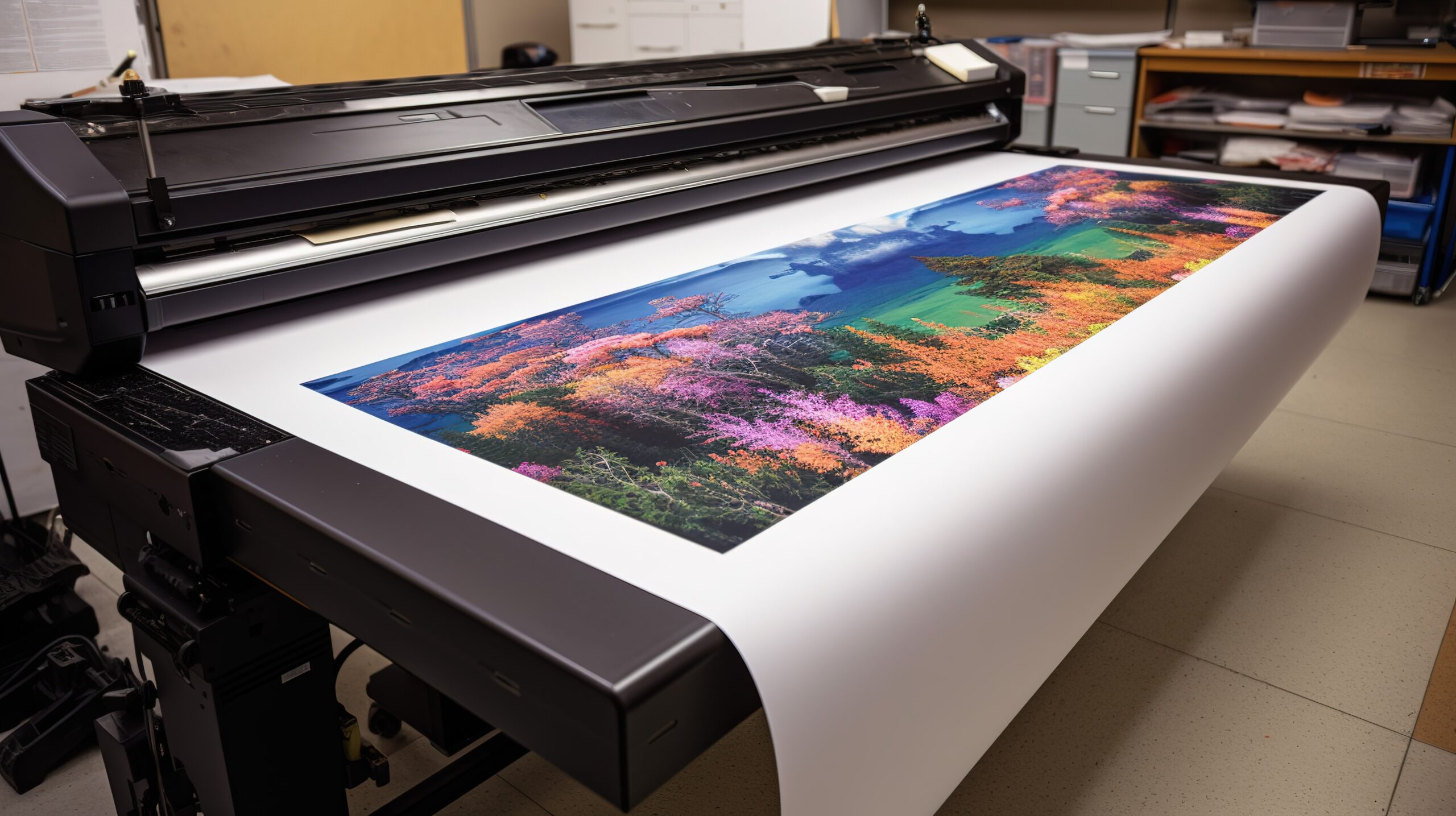
Inkjet printers play a pivotal role in large-format printing, a domain where size, precision, and visual impact are paramount. These printers are specifically designed to produce exceptionally large and high-resolution prints, making them indispensable in industries such as advertising, architecture, engineering, and the arts. Large-format inkjet printers are engineered to handle a variety of substrates, including paper, vinyl, fabric, and even specialty materials like canvas and photographic paper. Their ability to produce striking, larger-than-life visuals with exceptional detail and colour accuracy has made them the go-to choice for creating eye-catching outdoor advertisements, banners, posters, architectural blueprints, and fine art reproductions.
The versatility of large-format inkjet printers extends beyond their ability to handle diverse substrates. They are equipped with a range of printer inks, including solvent, aqueous, UV-curable, and latex inks, each catering to specific printing requirements. Solvent inks are often used for outdoor signage due to their durability, while aqueous inks are favoured for indoor graphics and fine art. UV-curable and latex inks offer environmental advantages and expanded applications, including printing on rigid materials and textiles. The role of large format inkjet printers is further augmented by their compatibility with cutting and finishing equipment, allowing for precision cutting and shaping of printed materials. Their impact is evident in the cityscape, where billboards and building wraps capture attention, as well as in the creative industries where artists and photographers rely on large format inkjet printers to bring their visions to life on a grand scale.
Examples of Inkjet Printers for Large Format Printing
Here are examples of inkjet printers best for large-format printing:
- TrueVIS AP-640
Offers a wide colour gamut and exceptional print quality. It is designed for various applications, including signage, vehicle graphics, banners, and posters. This printer is known for its versatility and precision, making it a popular choice for professionals in the graphics and advertising industry.
- TrueVIS SG3 Series
Most advanced generation of TrueVIS. Known for its outstanding performance in large-format printing. It is designed for both beginners and experienced users and is suitable for a wide range of applications, from outdoor signage to indoor graphics. This series combines vibrant colour output with user-friendly features.
- VersaStudio BN2 Desktop Printers/Cutters
A compact desktop printer/cutter that offers the convenience of an all-in-one solution. It’s designed for small businesses and individuals who require high-quality prints and the ability to create custom graphics, labels, decals, and more. Despite its compact size, it delivers professional-grade results in large-format printing and cutting.
These inkjet printers exemplify the advancements in large format printing technology, allowing users to produce stunning, high-resolution graphics on various substrates. Their versatility and precision make them valuable assets in the fields of signage, graphics, and visual communications.
Other Types of Printers Used in Large Format Printing
Aside from inkjet printers, there are several other types of printers used in large format printing to cater to different printing needs and preferences. Some of the notable alternatives include:
- Laser Printers: While not as common as inkjet printers for large format applications, colour laser printers are used for printing high-quality graphics and text on certain types of media, especially in office environments.
- Dye Sublimation Printers: These printers are well-suited for textiles and fabric printing, producing vibrant and durable results. They are often used to create banners, soft signage, and custom apparel.
- UV Printers: These printers use UV-cured inks and are capable of printing on rigid substrates like acrylic, glass, and wood. They are commonly used in the production of signage, promotional materials, and architectural elements. An example will be Roland LG series and the Roland MG Series.
- Latex Printers: Latex printing technology offers a more eco-friendly option for large-format printing. These printers are known for their versatility, as they can produce a wide range of outdoor and indoor applications with vibrant, durable results.
- Eco-Solvent Printers: Solvent printers use solvent-based inks and are suitable for outdoor applications due to their weather-resistant properties. They are often used for producing outdoor signage and vehicle wraps. TrueVIS VG3 Series is the best example for this type of printer.
- Dye-Sublimation Transfer Printers: These printers are commonly used for printing onto sublimation transfer paper, which is then heat-transferred to textiles, ceramics, and other materials. They are popular in the production of promotional products, apparel, and personalized items.
The choice of printer type in large format printing depends on factors such as the intended application, substrate, image quality, durability requirements, and environmental considerations. Each type of printer offers unique capabilities to address specific demands in the industry, allowing for a wide variety of large format printing solutions.
Inkjet printing has not only transformed the way we reproduce images and text but has also significantly expanded the horizons of what is achievable in print technology. Its remarkable precision, versatility, and adaptability have brought professional-quality printing within the reach of individuals, small businesses, and large industries. As we navigate the digital age, inkjet printing continues to push the boundaries of creativity, enabling us to bring vivid visions to life on an ever-expanding array of surfaces. With ongoing innovations, inkjet printing remains at the forefront of the printing landscape, promising even more exciting possibilities for the future.
Are you considering entering the world of large-format printing for your business? Our expertise and cutting-edge printing solutions are here to empower your vision. Contact us today to explore the possibilities, and let’s embark on a journey to transform your creative ideas into eye-catching, large format prints that will captivate your audience and elevate your brand. Your success in the world of large format printing starts with us.

